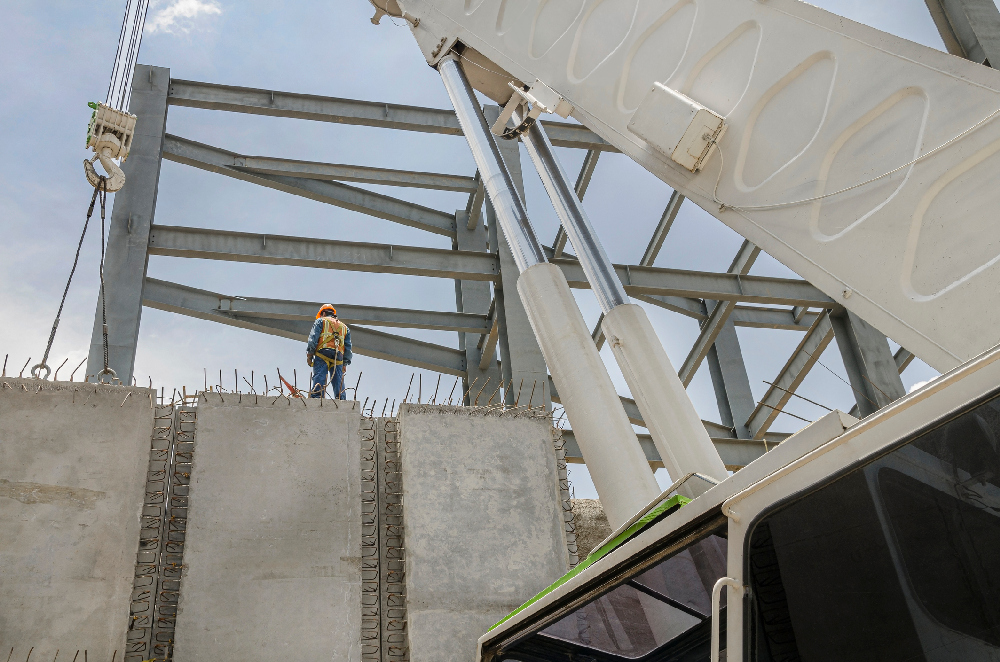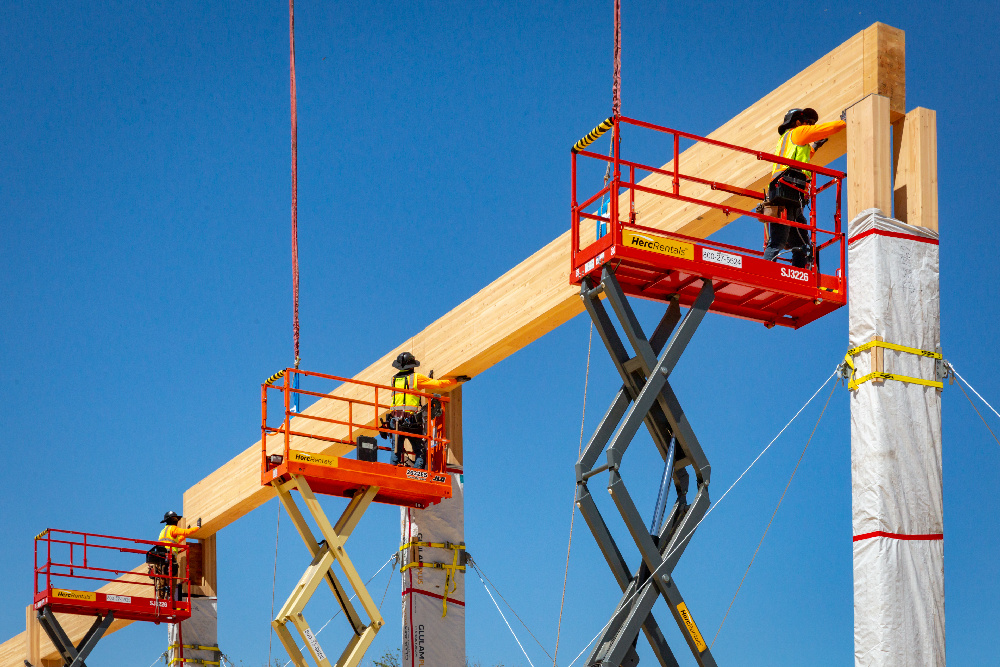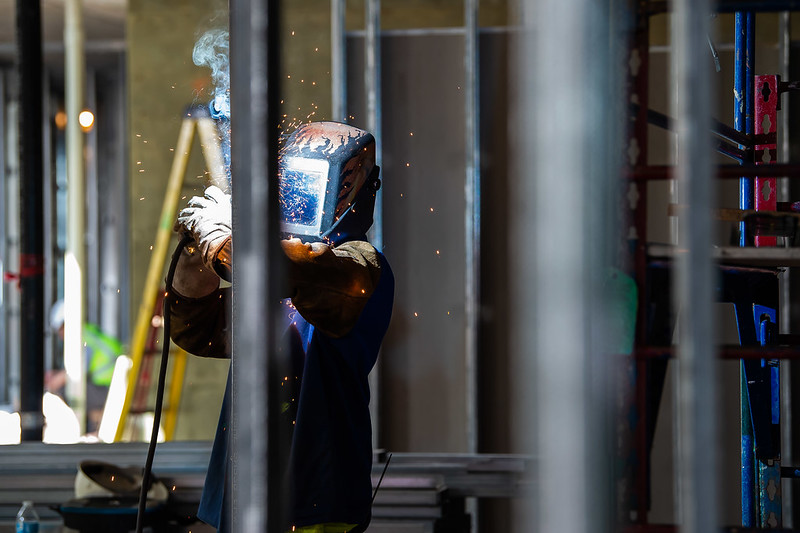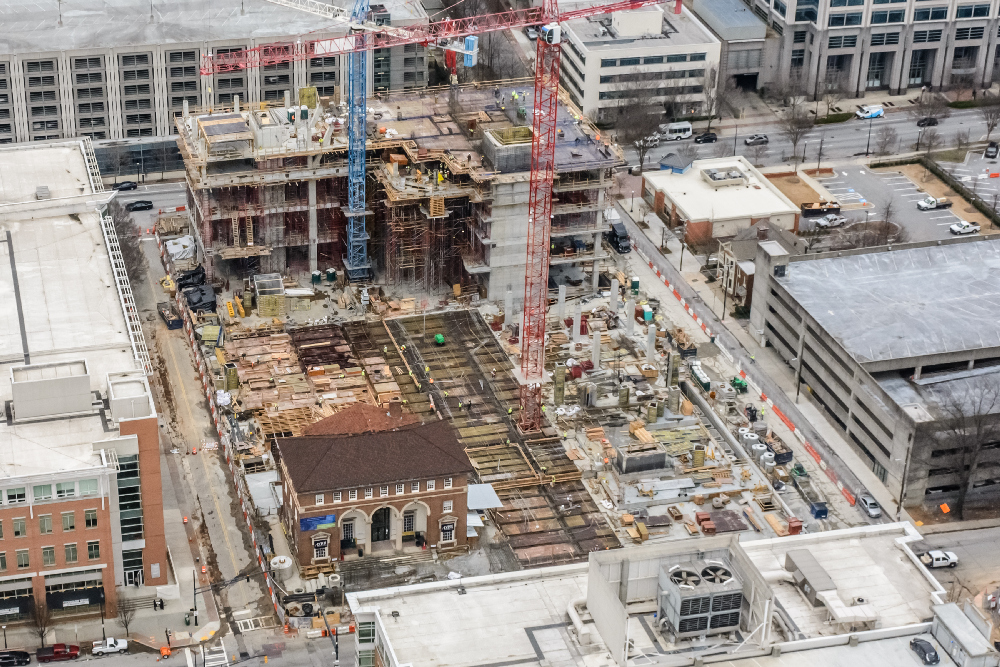3 phases for construction preparedness By Dan Haas Undertaking seismic upgrades on existing structures is a complex process that ensures buildings are retrofitted to withstand seismic threats, that they meet new building codes and keep end users safe from harm. However, even codes introduced following the 1994 Northridge, California, earthquake are outdated given the continued research into seismic events and their impacts on buildings. Future-proofing existing assets to withstand varying levels of seismic activity and intensity requires an expert-led upgrade and retrofit process. The following best practices outline the three phases to help ensure construction preparedness. 1) Property/portfolio evaluation The … Read more
Working with Tilt-Up Construction
Safety best practices on the jobsite By Lester Hill Tilt-up construction is fast becoming the go-to method for almost all forms of industrial and commercial construction, from distribution centers, to schools, churches, libraries, retail centers and office buildings. However, it’s not without risks when compared with traditional methods of building. And when best practice controls are in place, risks can be minimized. The following tips can lay the groundwork for a safer process. 1. Lifting and erecting panels. Prior to commencement of panel erection, the contractor should ensure that detailed plans for lifting and erecting the panels are prepared under … Read more
Handling Mass Timber on the Jobsite
By Joe Hovan Mass timber construction has taken hold in a big way. These structures, made of various types of wood products such as cross laminated timber, glue-laminated beams, laminated veneer lumber, nail-laminated timber or dowel-laminated timber, rival traditional steel and concrete building materials in terms of durability, seismic performance and fire resistance. They are also lighter in weight and result in less costly foundations. In addition, because mass timber components are machined to a high precision (+/- 1mm), the installation onsite is faster, less noisy and utilizes a smaller crew than alternative materials. Not to mention, they are really … Read more
Tangible Ways to Improve Day-to-Day Safety Performance
How STEP influences the role of a superintendent through leadership, culture, process + results By Joe Xavier Our people are our greatest asset, and we must take advantage of every opportunity to leverage and advance world-class safety for the construction workforce of more than 7.5 million. Safety is an essential pillar of Associated Builders and Contractors’ mission, and we strive to ensure all construction workers go home in the same — or better — condition than when they arrived on the jobsite or at the office. One of the most important tools in the journey to safety is the STEP … Read more
Planning is Paramount: Crane Utilization on Vertical Construction Projects
By Robert Pavelka When it comes to managing and mitigating risks on construction jobsites, few activities require a greater level of awareness or more extensive preplanning than the deployment of cranes. Whether it is a fixed tower crane that is brought in and assembled on the construction site for use throughout the project, or a mobile crane such as a crawler, hydraulic or vehicle-mounted variety, cranes have long been an essential tool for builders to effectively and efficiently erect their vertical construction projects. But the consequences of inadequate planning and errors in execution can be dire. According to the U.S. … Read more
















 Join our thriving community of 70,000+ superintendents and trade professionals on LinkedIn!
Join our thriving community of 70,000+ superintendents and trade professionals on LinkedIn! Search our job board for your next opportunity, or post an opening within your company.
Search our job board for your next opportunity, or post an opening within your company. Subscribe to our monthly
Construction Superintendent eNewsletter and stay current.
Subscribe to our monthly
Construction Superintendent eNewsletter and stay current.